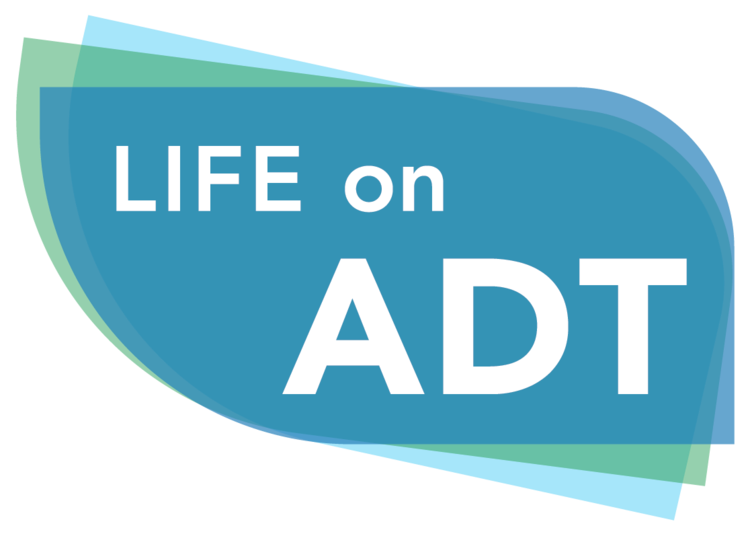Nadir Testosterone Within First Year of Androgen-Deprivation Therapy (ADT) Predicts for Time to Castration-Resistant Progression: A Secondary Analysis of the PR-7 Trial of Intermittent Versus Continuous ADT. By Klotz et al 2015
Key sentence from the paper: “Higher testosterone levels after ADT were linked to poorer survival, patients with elevations > 1.7 nmol/L seemed to benefit from further blockade of the androgen receptor with the addition of bicalutamide to LHRH agonist therapy.”
For the full abstract, see: http://www.ncbi.nlm.nih.gov/pubmed/25732157
Commentary: As noted in the previous paper, many patients will go on and stay on hormonal therapy after primary treatment for prostate cancer (either a prostatectomy or radiotherapy) when they experience a PSA that is measurable and continues to climb after treatment. But is there anything at that time that predicts their long-term survival? This paper suggests that a low nadir for testosterone in the first year of ADT correlates with better chance of survival as well as the length of time that the patient may stay with hormone sensitive prostate cancer that does not progress to castrate- resistant disease.
Surgical castration generally results in serum testosterone <0.7 nmol/L, but more than a third of patients on ADT never achieve a testosterone level that long. This study, showing that the nadir for testosterone this predictive of long-term outcomes, suggest that patients should be monitoring not only their PSA when on ADT but also the testosterone levels.
Klotz L, O'Callaghan C, Ding K, Toren P, Dearnaley D, Higano CS, et al. Nadir Testosterone Within First Year of Androgen-Deprivation Therapy (ADT) Predicts for Time to Castration-Resistant Progression: A Secondary Analysis of the PR-7 Trial of Intermittent Versus Continuous ADT. J Clin Oncol. 2015;33(10):1151-6.
